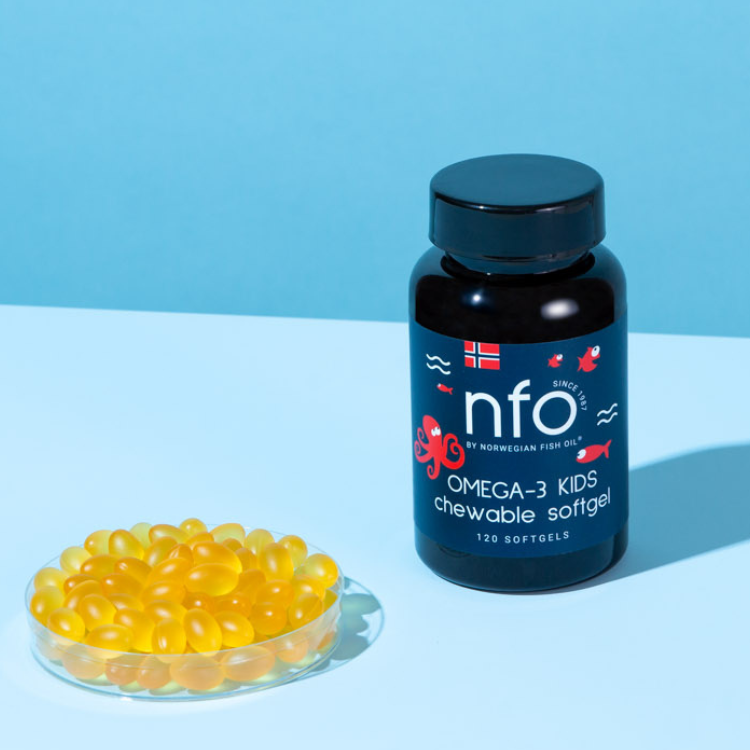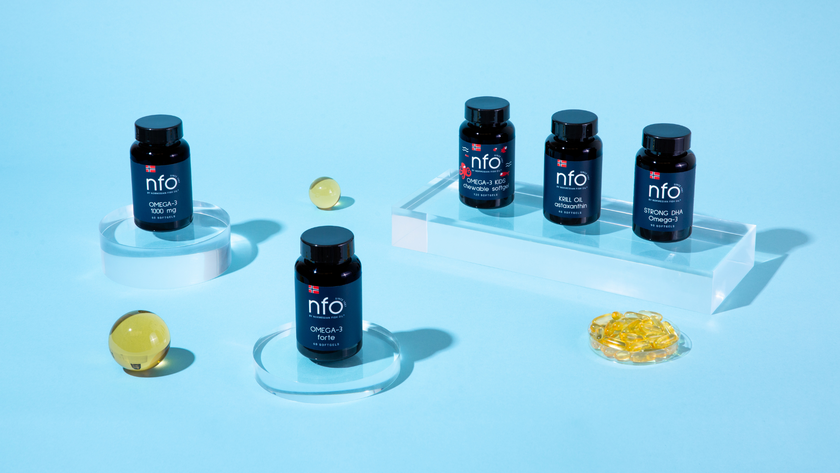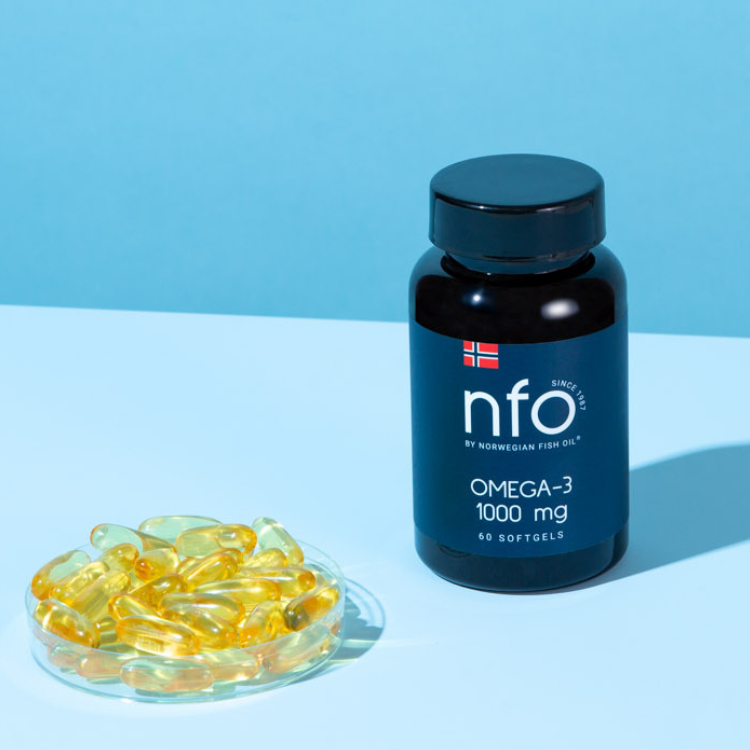فهم كوفيد-19 والإنفلونزا
أوجه التشابه والاختلاف
كوفيد-19 والإنفلونزا مرضان تنفسيان تسببهما فيروسات. يسبب فيروس كوفيد-19 فيروس سارس-كوف-2، بينما تسبب فيروسات الإنفلونزا أ و ب. تشترك الحالتان في أعراض مثل الحمى والسعال والإرهاق، إلا أن كوفيد-19 قد يؤدي أيضًا إلى مضاعفات فريدة مثل فقدان حاسة التذوق أو الشم وضيق تنفس حاد وخيم (هيلث لاين، 2023).
أحد المخاوف الرئيسية هو احتمال إصابة الأفراد بالعدوى المشتركة بهذه الفيروسات، مما قد يؤدي إلى تفاقم النتائج الصحية. تشير الدراسات إلى أن العدوى المشتركة قد تزيد من شدة المضاعفات التنفسية، مما يزيد الضغط على أنظمة الرعاية الصحية (Healthline، 2023).
تحديات الصحة العامة
يمكن أن تُعقّد حالات تفشي الإنفلونزا وكوفيد-19 المتزامنة التشخيص واستراتيجيات العلاج. غالبًا ما يتطلب تداخل الأعراض اختبارات أكثر تعقيدًا للتمييز بينهما. تُعدّ حملات التطعيم ضد الإنفلونزا وكوفيد-19 بالغة الأهمية لتخفيف العبء على مرافق الرعاية الصحية خلال مواسم الذروة. ورغم هذه الجهود، غالبًا ما تقلّ معدلات التطعيم عن المستويات المرجوّة بسبب المعلومات المغلوطة والتردد في تلقي اللقاح والتحديات اللوجستية.
دور فيتامين د في المناعة
أساسيات فيتامين د
فيتامين د هو فيتامين قابل للذوبان في الدهون، ويلعب دورًا حيويًا في توازن الكالسيوم والفوسفور. ويمتد تأثيره إلى ما هو أبعد من صحة العظام، إذ يؤثر على مختلف الأجهزة الفسيولوجية، وخاصة الجهاز المناعي. توجد مستقبلات فيتامين د على الخلايا المناعية، مما يُمكّن الفيتامين من تعديل الاستجابات المناعية الفطرية والتكيفية (سودا وآخرون، ٢٠١٢).
نقص وقابلية الإصابة بالعدوى
يُعد نقص فيتامين د منتشرًا على نطاق واسع، إذ يُقدر أن مليار شخص حول العالم يعانون منه (ميثال وآخرون، ٢٠٠٩). تُسهم عوامل مثل قلة التعرض لأشعة الشمس، ولون البشرة الداكن، والشيخوخة في انخفاض مستويات فيتامين د. وقد ارتبط نقصه بزيادة خطر الإصابة بالتهابات الجهاز التنفسي، بما في ذلك الالتهاب الرئوي والإنفلونزا (مارتينو وآخرون، ٢٠١٧).
خلال جائحة كوفيد-19، استكشف الباحثون العلاقة المحتملة بين نقص فيتامين د واحتمالية حدوث مضاعفات خطيرة. تشير الدراسات إلى أن الأفراد الذين يعانون من انخفاض مستويات فيتامين د هم أكثر عرضة للإصابة بأعراض كوفيد-19 الشديدة، بما في ذلك دخول المستشفى والوفاة (JAMA Network Open، 2020).
آليات العمل
تعديل الاستجابات الالتهابية
يُمارس فيتامين د تأثيرات مُعدّلة للمناعة عن طريق تقليل إنتاج السيتوكينات المُحفّزة للالتهابات مع تعزيز إنتاج السيتوكينات المُضادة للالتهابات. يُعدّ هذا التوازن بالغ الأهمية في منع "عاصفة السيتوكينات" المُلاحظة في الحالات الشديدة من كوفيد-19 (MedRxiv، 2020). يُمكن أن تُؤدي الاستجابات الالتهابية المُفرطة إلى تلف الأنسجة، وفشل مُتعدد الأعضاء، والوفاة.
تعزيز الدفاعات المضادة للميكروبات
يعزز فيتامين د إنتاج الببتيدات المضادة للميكروبات، مثل الكاثليسيدينات والديفينسينات. تعزز هذه الببتيدات قدرة الجهاز المناعي على تحييد مسببات الأمراض، بما في ذلك الفيروسات والبكتيريا (غومبارت وآخرون، ٢٠٢٠). تُعد هذه الآلية مفيدة بشكل خاص في حالات التهابات الجهاز التنفسي، حيث تكون الاستجابات المناعية الموضعية محورية.
الأدلة من الأبحاث
بحثت دراسات عديدة في دور فيتامين د في صحة الجهاز التنفسي. ووجد تحليل تلوي لتجارب عشوائية محكومة أن مكملات فيتامين د قللت من خطر الإصابة بالتهابات الجهاز التنفسي الحادة، وخاصة لدى الأفراد الذين يعانون من نقص أساسي (مارتينو وآخرون، ٢٠١٧). وبالمثل، ربطت الدراسات الرصدية خلال جائحة كوفيد-١٩ ارتفاع مستويات فيتامين د بانخفاض شدة المرض (ASBMR، ٢٠٢٠).
مع ذلك، من المهم ملاحظة أن الدراسات ليست جميعها قاطعة. لم تجد بعض التجارب العشوائية فوائد ملحوظة لمكملات فيتامين د في تحسين نتائج كوفيد-19 (DocSingal، 2020). قد يُعزى هذا التباين إلى التباين في تصميم الدراسة، والجرعة، وخصائص السكان.
توصيات عملية
إرشادات المكملات الغذائية
بالنسبة للأفراد الذين يعانون من نقص فيتامين د أو المعرضين لخطر الإصابة به، يُعدّ تناول المكملات الغذائية حلاً عمليًا وفعّالاً من حيث التكلفة. توصي جمعية الغدد الصماء بتناول جرعة يومية تتراوح بين 600 و800 وحدة دولية لمعظم البالغين، مع جرعات أعلى (1000 و2000 وحدة دولية) للمعرضين لخطر الإصابة به (هوليك وآخرون، 2011).
على الرغم من أن سمية فيتامين د نادرة، إلا أن الإفراط في تناوله قد يؤدي إلى فرط كالسيوم الدم ومضاعفات أخرى. يُنصح باستشارة مقدمي الرعاية الصحية للحصول على توصيات شخصية.
المصادر الغذائية والتعرض لأشعة الشمس
تشمل المصادر الغذائية لفيتامين د الأسماك الدهنية، ومنتجات الألبان المدعمة، وصفار البيض. ومع ذلك، يصعب تلبية الاحتياجات اليومية من خلال النظام الغذائي وحده. يُعدّ التعرض لأشعة الشمس وسيلة فعّالة لتعزيز مستويات فيتامين د، إلا أن عوامل مثل خطوط العرض، والفصول، واستخدام واقي الشمس قد تُحدّ من فعاليته.
استراتيجيات الصحة العامة
ينبغي لمبادرات الصحة العامة أن تُعطي الأولوية للتوعية بأهمية فيتامين د لصحة المناعة. ويمكن لبرامج الفحص لتحديد الفئات المعرضة للخطر، والتدخلات المجتمعية، مثل تدعيم الأغذية الأساسية بفيتامين د، أن تُسهم في معالجة النقص الواسع النطاق.
خاتمة
يُبرز التحديان المزدوجان اللذان يُمثلهما كوفيد-19 والإنفلونزا أهمية تقوية المناعة. وبينما تُمثل اللقاحات حجر الزاوية في الوقاية، فإن الاستراتيجيات المُكمّلة، مثل تحسين مستويات فيتامين د، يُمكن أن تُوفر فوائد إضافية. وتدعم الأبحاث دور فيتامين د في الحد من خطر وشدة التهابات الجهاز التنفسي، بما في ذلك تلك التي يُسببها فيروس سارس-كوف-2 وفيروسات الإنفلونزا.
من خلال دمج مكملات فيتامين د في استراتيجيات الصحة العامة الأوسع، يُمكننا تعزيز القدرة على مواجهة أوبئة الجهاز التنفسي الحالية والمستقبلية. وستُسهم الأبحاث الجارية في توضيح الاستخدام الأمثل لهذا العنصر الغذائي الأساسي في البيئات السريرية والمجتمعية.
مراجع
- جومبارت، أ.ف، بيير، أ.، وماجيني، س. (2020). مراجعة للمغذيات الدقيقة والجهاز المناعي - العمل بتناغم للحد من خطر العدوى. المغذيات ، 12(1)، 236.
- هوليك، إم إف، بينكلي، إن سي، بيشوف-فيراري، إتش إيه، جوردون، سي إم، هانلي، دي إيه، هيني، آر بي، ... وويفر، سي إم (2011). تقييم وعلاج والوقاية من نقص فيتامين د: دليل الممارسة السريرية للجمعية الغدد الصماء. مجلة الغدد الصماء السريرية والأيض ، 96(7)، 1911-1930.
- شبكة JAMA المفتوحة (2020). العلاقة بين حالة فيتامين د ونتائج كوفيد-19. مأخوذ من: https://jamanetwork.com/journals/jamanetworkopen/fullarticle/2770157
- مارتينو، أر، جوليف، دي أي، هوبر، آر إل، جرينبيرج، إل، ألويا، جيه إف، بيرجمان، بي، ... وكامارجو، سي أي (2017). مكملات فيتامين د للوقاية من التهابات الجهاز التنفسي الحادة: مراجعة منهجية وتحليل تلوي لبيانات المشاركين الأفراد. المجلة الطبية البريطانية ، 356، i6583.
- MedRxiv. (2020). حالة فيتامين د ونتائجه لدى مرضى كوفيد-19. مأخوذ من : https://www.medrxiv.org/content/10.1101/2020.07.14.20152728v1
- ميثال، أ.، وال، د. أ.، بونجور، ج. ب.، بوركهارت، ب.، داوسون-هيوز، ب.، آيزمان، ج. أ.، ... وموراليس-توريس، ج. (2009). الحالة العالمية لفيتامين د ومحددات نقص فيتامين د. مجلة هشاشة العظام الدولية ، 20(11)، 1807-1820.
- سودا، ت.، أوينو، ي.، فوجي، ك.، وشينكي، ت. (2012). فيتامين د والعظام. مجلة الكيمياء الحيوية الخلوية ، 112(2)، 250-255.
- الجمعية الأمريكية لأبحاث العظام والمعادن (ASBMR). (٢٠٢٠). مأخوذ من https://www.asbmr.org/
- دوكسينغال (٢٠٢٠). دور فيتامين د في وظائف المناعة وكوفيد-١٩. مأخوذ من https://www.docsingal.com/
- هيلث لاين (٢٠٢٣). قد تُصاب بالإنفلونزا وكوفيد-١٩ في آنٍ واحد. مأخوذ من: https://www.healthline.com/health-news/you-can-get-flu-and-covid19-at-the-same-time-what-you-should-know









